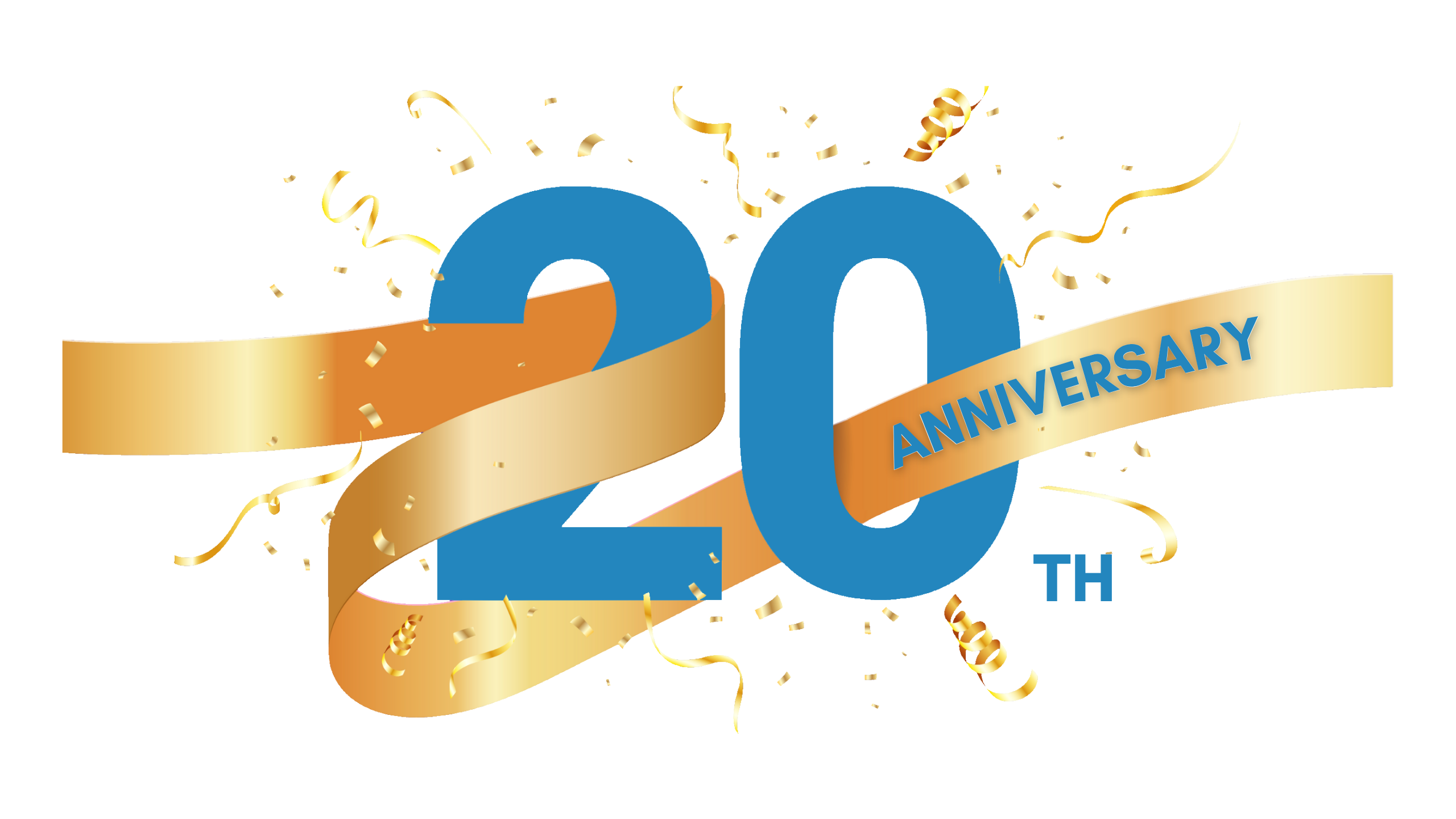* Terms and Conditions apply.


A B C D E F G H I J K L M N O P Q R S T U V W X Y Z
iamb: A unit or foot of poetry that is made up of a lightly stressed syllable followed by a heavily stressed syllable. ‘Inscribe’ and ‘restore’ are examples of words which naturally follow this pattern
iambic: See meter, foot and iamb
iambic hexameter: Otherwise known as an alexandrine, this type of poetic formconsists of 6 metrical feet. A line of iambic hexameter would therefore have 12syllables, in pairs where the first syllable is unstressed and the second is stressed. This metrical form has never been as popular as the iambic pentameter in English literature.
iambic pentameter: One of the most widespread rhythmical patterns in Englishpoetry. Iambic Pentameter is also the meter in which Shakespeare wrote many of his plays.
iambic tetrameter: A metre of poetry, which contains four iambic feet. A line of iambic tetrameter therefore has 8 syllables, where one unstressed syllable is followed by a stressed syllable. This pattern is repeated four times. Iambicpentameter is the more common meter used in English literature.
iambic trimeter: A meter of poetry, which contains three iambic feet. A line of iambic trimeter therefore has 6 syllables, where one unstressed syllable is followed by a stressed syllable. This pattern is repeated three times. Iambic pentameter is the more common meter used in English literature.
identical rhyme: When the same word appears at the end of consecutive lines, creating a rhyme. For example, when the word lice/lice appear as the conclusion of two lines. This technique is sometimes considered as unartful.
ideograph: A diagram or picture which represents an idea or concept.
ideolect: The speech of an individual.
idiom: A phrase or expression that has a figurative meaning eg "It is raining cats and dogs".
idyll: A work that represents an idealized setting of happiness and innocence.
imagery: The "mental pictures" that readers imagine whilst reading a passage of literature. It signifies all the sensory perceptions referred to in a poem, whether byliteral description, allusion, simile, or metaphor. Imagery is not limited to visual imagery; it also includes auditory (sound), tactile (touch), thermal (heat and cold), olfactory (smell), gustatory (taste), and kinesthetic (movement) sensations.
implied audience: The listener or reader imagined by the writer when writing the text. This may well be different from the actual audience
imprimatur: A mark of official approval as it once meant a licence or permission from the Catholic Church to print a book.
in media res: When a text begins in the middle of the story, and later covers the early events of the narrative.
inexact rhyme: Rhymes created out of words with similar but not identical sounds. In most of these instances, either the vowel segments are different while theconsonants are identical, or vice versa. This type of rhyme is also called slant rhyme, near rhyme, half rhyme.
inflection: The process in grammar when the base of a word is changed (often by an affix). For example, in English 's' is usually added to give a plural form.
interactive novel: A type of fiction in digital form where the use of hyperlinks can create different aspects of the story.
interior monologue: Where the author depicts the interior thoughts of a single individual, in the exact order these thoughts occur inside that character's head. The author does not attempt to provide any, or much, commentary, description, or guiding discussion to help the reader untangle the complex web of thoughts. Often the results include grammatical mistakes and illogical order. See stream of consciousness.
internal rhyme: A device in which a word in the middle of a line of poetry rhymeswith a word at the end of the same metrical line.
intertextuality: When another literary work is referred to within a text, suggesting that texts do not exist in a vacuum because there is always relationships between texts, which readers are often aware of.
intonation: The utilisation of pitch changes in spoken language.
invocation of the Muse: A call or request for inspiration from the nine Muses, usually at the beginning of works from the Greek or Roman tradition.
irony: Words or ideas which have an extra layer of meaning, distinctive to theliteral one. There are several types of irony which include verbal irony. This is where the speaker or character says one thing, yet means another. Dramatic irony is where actions or words have an alternate meaning, which the speaker or othercharacters are oblivious to, yet the audience or reader are aware of the underlying meaning. Finally, situational irony is when the result of an action is the opposite of the desired or expected effect.
Italian sonnet: See sonnet.
A B C D E F G H I J K L M N O P Q R S T U V W X Y Z